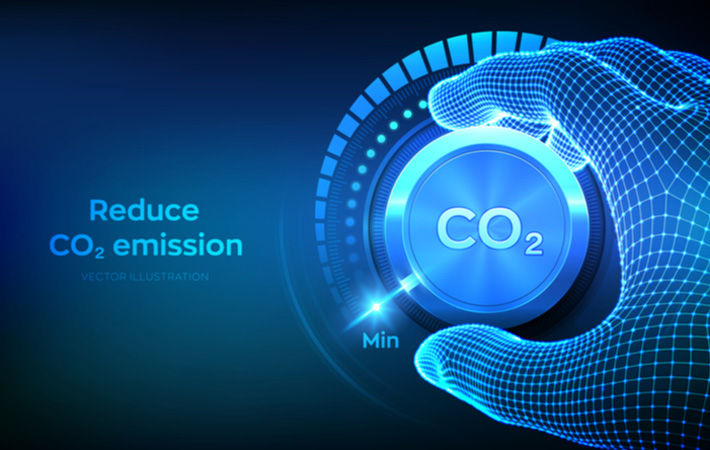Global energy-related carbon dioxide emissions rose by 6 per cent in 2021 to 36.3 billion tonnes, their highest ever, as the world economy rebounded strongly from the COVID-19 crisis and relied heavily on coal to power that growth, according to a new analysis by France-based International Energy Agency (IEA). Thus, the recovery from the pandemic has not been sustainable.

The recovery of energy demand in 2021 was compounded by adverse weather and energy market conditions, notably the spikes in natural gas prices, which led to more coal being burned despite renewable power generation registering its largest ever growth, the IEA analysis shows.
Combined with the methane emissions estimates that the IEA published recently and estimates of nitrous oxide and flaring-related carbon dioxide emissions, the new analysis shows that overall greenhouse gas emissions from energy rose to their highest ever level in 2021.
The world must now ensure that the global rebound in emissions in 2021 was a one-off – and that an accelerated energy transition contributes to global energy security and lower energy prices for consumers, an IEA press release said.
Coal accounted for over 40 per cent of the overall growth in global carbon dioxide emissions in 2021, reaching an all-time high of 15.3 billion tonnes. Such emissions from natural gas rebounded well above their 2019 levels to 7.5 billion tonnes.
At 10.7 billion tonnes, carbon dioxide emissions from oil remained significantly below pre-pandemic levels because of the limited recovery in global transport activity in 2021, mainly in the aviation sector.
Despite the rebound in coal use, renewable energy sources and nuclear power provided a higher share of global electricity generation than coal in 2021. Renewables-based generation reached an all-time high, exceeding 8 000 terawatt-hours (TWh) in 2021, a record 500 TWh above its 2020 level.
Output from wind and solar photovoltaics increased by 270 TWh and 170 TWh respectively, while hydro generation declined due to the impacts of drought, notably in the United States and Brazil.
The use of coal for electricity generation in 2021 was intensified by record high natural gas prices. The costs of operating existing coal power plants across the United States and many European power systems were considerably lower than those of gas power plants for the majority of 2021.
Gas-to-coal switching pushed up global carbon dioxide emissions from electricity generation by well over 100 million tonnes, notably in the United States and Europe, where competition between gas and coal power plants is extremely stiff.
The rebound of global carbon dioxide emissions above pre-pandemic levels has largely been driven by China, where they increased by 750 million tonnes between 2019 and 2021. China was the only major economy to experience economic growth in both 2020 and 2021.
The emissions increases in those two years in China more than offset the aggregate decline in the rest of the world over the same period. In 2021, China’s carbon dioxide emissions rose above 11.9 billion tonnes, accounting for 33 per cent of the global total.
Carbon dioxide emissions in India rebounded strongly in 2021 to rise above 2019 levels, driven by growth in coal use for electricity generation. Coal-fired generation reached an all-time high in India, jumping 13 per cent above its 2020 level. This was partly because the growth of renewables slowed to one-third of the average rate seen over the previous five years.
Global economic output in advanced economies recovered to pre-pandemic levels in 2021, but carbon dioxide emissions rebounded less sharply, signalling a more permanent trajectory of structural decline.
Carbon dioxide emissions in the United States in 2021 were 4 per cent below their 2019 level. In the European Union, they were 2.4 per cent lower. In Japan, such emissions dropped by 3.7 per cent in 2020 and rebounded by less than 1 per cent in 2021, IEA said.
